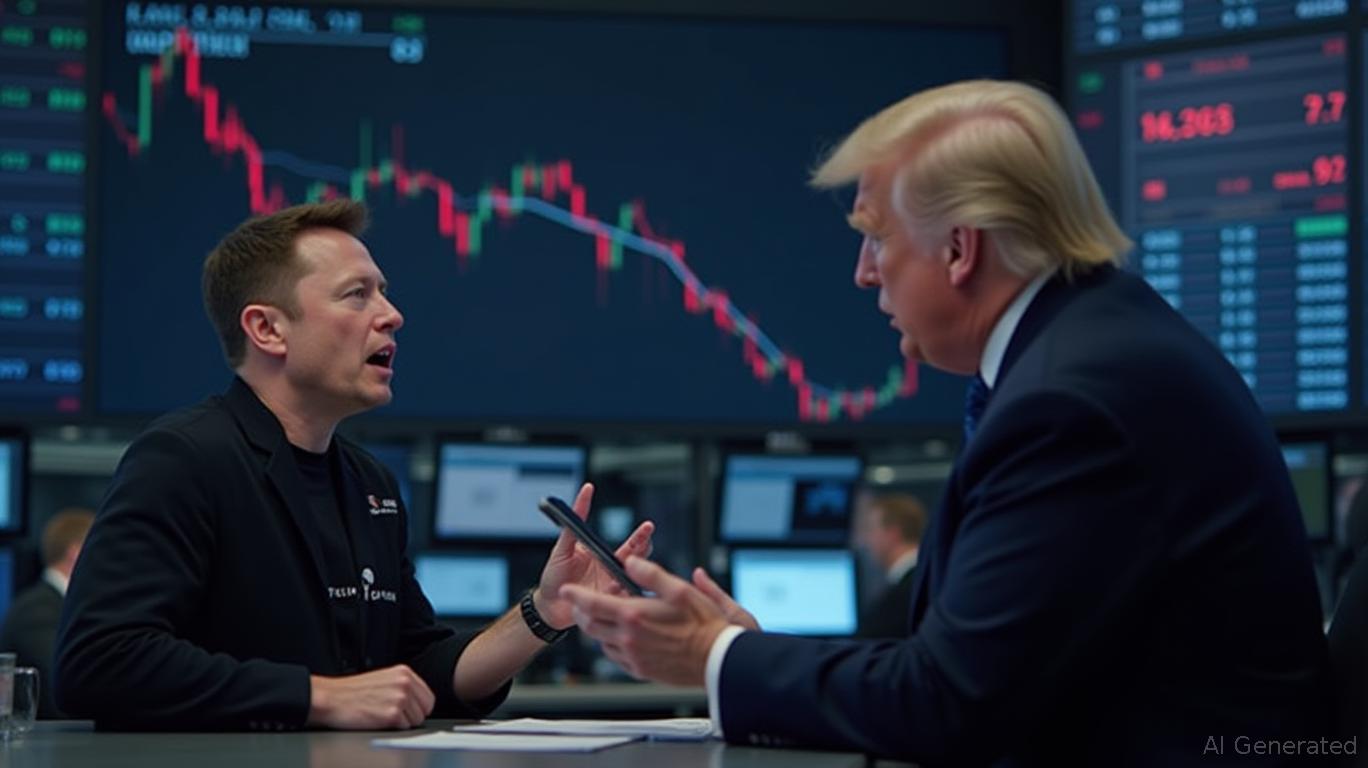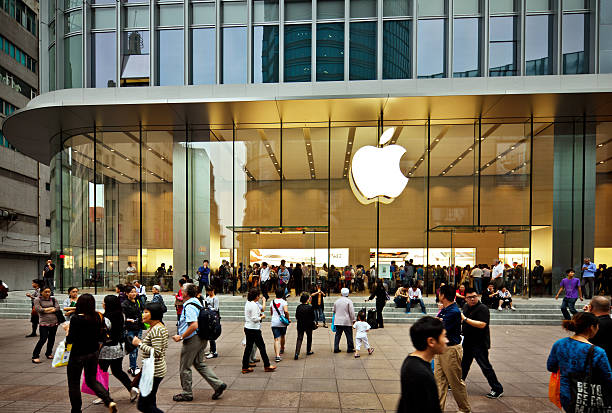Inflation's Lingering Shadow: How the PCE Report Could Shape the Fed's Next Move
The U.S. economy’s inflation battle took a dramatic turn on April 30, 2025, as the Federal Reserve’s preferred gauge—the Personal Consumption Expenditures (PCE) Price Index—revealed persistent price pressures. The core PCE, which strips out volatile food and energy costs, rose to 2.6% year-over-year, exceeding the Fed’s 2% target and reigniting debates over whether further rate hikes are needed to cool the economy.
Ask Aime: "Will the persistent PCE inflation lead to further Fed rate hikes?"

A Fed Crossroads
The April 30 report thrust the central bank into a precarious position. While the headline PCE (including food and energy) edged up to 2.3%, the core figure’s stubbornness underscored a disconnect between headline inflation trends and the underlying forces driving prices. “This isn’t just about transitory factors—it’s a signal that sticky inflation remains embedded in services like housing and healthcare,” said Dr. Emily Carter, an economist at the Peterson Institute for International Economics.
The data’s release coincided with mixed signals from other economic indicators. Unemployment remains near historic lows at 3.4%, but GDP growth slowed to 1.8% in Q1 2025, complicating the Fed’s balancing act.
Market Reactions: Volatility Ahead
Investors reacted swiftly to the PCE news. Equity markets dipped modestly, with tech stocks—sensitive to rising rate expectations—falling 1.2% in early trading. Bond yields, a barometer of rate hike expectations, surged as traders priced in a 68% probability of another 25-basis-point hike by June.
Ask Aime: Inflation Spike Raises Fed Rate Hike Speculations
“The PCE report has just handed the hawks at the Fed fresh ammunition,” said Mark Johnson, head of macro strategy at goldman sachs. “But with GDP growth softening, the doves will argue that further tightening risks derailing the recovery.”
The divide is deepening among policymakers. Minutes from the Fed’s April meeting, released the same day as the PCE report, revealed sharp disagreements over the need for additional hikes. Three officials dissented, advocating for a pause to assess the impact of existing rate increases.
Corporate America’s Dilemma
For businesses, the data amplifies uncertainty. Companies in labor-intensive sectors like healthcare and hospitality—where wages remain elevated—face pressure to either absorb costs or pass them on to consumers. “We’re seeing price increases in services that haven’t materialized in goods, which is harder to offset through automation or supply chain tweaks,” said a C-suite executive at a Fortune 500 retailer, speaking anonymously.
Meanwhile, consumer spending, a pillar of economic growth, slowed in March, with discretionary purchases declining 0.8% month-over-month.
Conclusion: Navigating the Tightrope
The April PCE report underscores a pivotal moment for the U.S. economy. With core inflation above target and growth weakening, the Fed’s path is fraught with trade-offs. Investors should brace for volatility ahead of the June policy meeting, where the central bank’s calculus—data-dependent as ever—will hinge on whether the PCE’s upward trend persists.
For now, the message is clear: Inflation may be cooling, but it’s far from defeated. Markets will demand transparency from the Fed, but with conflicting signals everywhere, patience—and a diversified portfolio—will be the investor’s best tools.



_e45148e31749146201654.jpeg)























